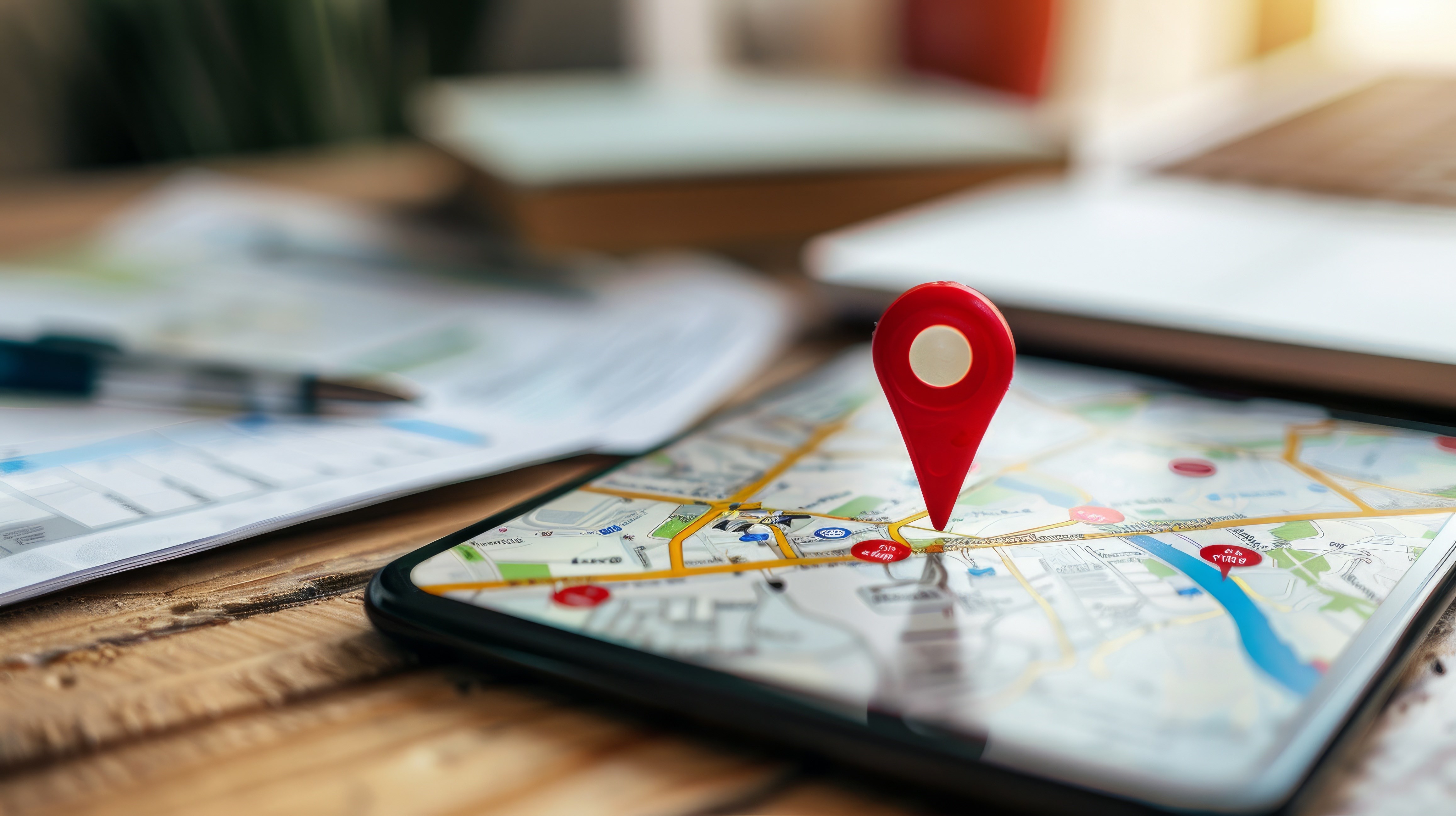Author Bio:
James Carter is a seasoned digital marketing strategist with expertise in local SEO and online business optimization. With years of experience helping businesses enhance their local search presence, James specializes in Google Business Profile management, on-page optimization, and review management strategies. His deep understanding of the digital landscape ensures businesses not only rank higher but also attract more local customers.
Table of Contents
- Introduction to Local Search Optimization
- What is Local Search Optimization?
- Why Is Local Search Optimization Important?
- Key Components of Local Search Optimization
- Google Business Profile: A Must-Have for Local SEO
- Local Keywords: Targeting the Right Audience
- Online Directories and Citations: Building Local Authority
- Optimizing for Mobile: Meeting Customers on the Go
- Creating Locally Relevant Content
- Local Backlinks: Boosting Your Credibility
- Managing Online Reviews
- Tracking Local SEO Performance: Measuring Your Success
- Conclusion

Local search optimization, or local SEO, is essential for businesses looking to attract customers from nearby areas. When people search for services or products near them, businesses that are well-optimized for local searches have a better chance of being found. Whether it’s a restaurant, a dental clinic, or a local shop, standing out in local search results can make a significant difference.
In this article, the key steps to mastering local search optimization will be outlined. Each section will offer insights into the most important aspects of local SEO and how to approach it effectively.
What is Local Search Optimization?
Local search optimization is the process of improving your business’s online visibility within a specific geographic location. When users search for businesses “near me” or specify a location, search engines like Google display results that match their local intent. If a business is optimized for local searches, it appears higher in these results, which drives more traffic to both its website and physical location. Learn from Perth SEO Studio about local SEO to gain deeper insights into strategies that help businesses appear in local searches more effectively.
For instance, if someone searches for “best coffee shops in Chicago,” Google will provide a list of coffee shops in that area. Local search optimization ensures your business makes it to that list.
Why Is Local Search Optimization Important?
In recent years, the reliance on local searches has skyrocketed. People are using their mobile devices more than ever to find services and products nearby. Local searches often signal a high level of purchasing intent. Think about it—if someone is searching for a “plumber near me,” they likely need immediate assistance.
Businesses that ignore local SEO risk losing potential customers to competitors who have put the effort into optimizing their presence. When people can’t find your business in their search results, they move on to others who are visible.
Key Components of Local Search Optimization
To succeed with local search optimization, it’s crucial to understand the key elements that contribute to it. These components work together to improve your local ranking, making your business more discoverable.
1. Google Business Profile: A Must-Have for Local SEO
One of the first steps in local SEO is creating or claiming your Google Business Profile (formerly Google My Business). This free tool is essential for any business looking to rank in local search results. When set up correctly, your Google Business Profile helps your business appear in local searches, Google Maps, and the local pack (the set of top three local business listings Google displays).
Setting up a profile is simple, but optimizing it is crucial for success. Here’s how:
- Complete your profile: Ensure that all business details, such as name, address, and phone number (NAP), are accurate. Inconsistent or incomplete information can hurt your local search rankings.
- Add photos: High-quality images give potential customers a glimpse into what your business offers. Whether it’s photos of products, the interior of your store, or happy customers, visuals matter.
- Manage reviews: Customer reviews are vital. Encouraging satisfied customers to leave positive reviews can improve your local ranking. Always respond to reviews, both positive and negative, to show that you value feedback.
For example, a well-optimized Google Business Profile for a local bakery could include photos of freshly baked goods, an updated menu, and a series of glowing customer reviews about their great service and delicious pastries.
2. Local Keywords: Targeting the Right Audience
Another fundamental aspect of local search optimization is local keyword research. But in local SEO, the focus shifts slightly—your target keywords must include location-specific terms. For instance, instead of targeting the general keyword “hair salon,” you would target “hair salon in Boston.”
Tools like Google’s Keyword Planner can help identify the right local keywords to target. Once identified, these keywords should be strategically used throughout your website’s content, including:
- Meta titles and descriptions
- Page headings
- Service pages
- Image alt text
Consider using these keywords naturally in blog posts, too. Writing articles about local events or news that relate to your business can help drive traffic. For example, a car repair shop might write a blog post titled “How to Prepare Your Car for Chicago Winters,” incorporating local keywords that will resonate with the target audience.
3. Online Directories and Citations: Building Local Authority
Having your business listed in multiple online directories not only helps potential customers find you but also builds trust with search engines. Directories like Yelp, Yellow Pages, and local chamber of commerce websites are essential for building local authority. These platforms ensure that your business is visible across the web.
It’s important to ensure that your business details (NAP) are consistent across all platforms. If Google finds discrepancies, such as a different phone number listed on one directory and your website, it can negatively affect your ranking.
For instance, a real estate agency should ensure that their business information is consistent on popular directories, like Zillow and Realtor.com, as well as on their Google Business Profile and website. This way, potential clients are never confused by conflicting information.
4. Optimizing for Mobile: Meeting Customers on the Go
Most local searches are performed on mobile devices. Whether someone is looking for a place to eat, an auto shop, or a retail store, they are likely doing it from their phone while they’re out and about. This means mobile optimization is essential for local search success.
A mobile-friendly website loads quickly, is easy to navigate, and provides clear, relevant information. A few essential elements to consider:
- Fast loading times: Ensure that images are optimized and unnecessary scripts are removed.
- Click-to-call buttons: Make it easy for users to call your business directly from your website with a single tap.
- Easy-to-read design: Ensure that text is legible and navigation is straightforward on smaller screens.
Imagine a user searching for “restaurants near me” while walking through downtown. A mobile-optimized website that loads fast and displays the restaurant’s menu and contact details easily could be the deciding factor for that customer.
5. Creating Locally Relevant Content
Local search engines favor websites that offer relevant, high-quality content. While general SEO values long-form articles and pillar content, local SEO emphasizes locally relevant content. This means creating blog posts, landing pages, and other content specifically targeting the local audience.
Some ideas for locally focused content include:
- City guides: Create guides to your city that highlight places of interest, landmarks, or events.
- Local news and events: Write blog posts about upcoming events or local happenings that relate to your business.
- Case studies: Showcase how your business helped local customers, offering detailed testimonials that tie into the local community.
For example, a dental practice could write a blog post about the best dental care practices for families in their town, offering insights tailored to their local patients.
6. Local Backlinks: Boosting Your Credibility
Backlinks, or links from other websites to yours, play a significant role in SEO. When it comes to local SEO, local backlinks are even more valuable. These are links from reputable local businesses, organizations, or blogs that point back to your website.
Ways to earn local backlinks include:
- Partnering with local businesses: Cross-promote services or products with nearby businesses.
- Sponsoring local events: When your business sponsors a community event, the event’s website will often include a backlink.
- Joining local organizations: Being part of local business groups or chambers of commerce can also result in backlinks.
An example could be a florist partnering with a local wedding venue. The venue may feature the florist on their website’s “recommended vendors” page, driving local customers to the florist’s business.
7. Managing Online Reviews
Reviews are a critical factor in local search optimization. Positive reviews can improve your business’s ranking, while negative reviews can hurt it. However, it’s not just about getting as many reviews as possible—managing them is equally important.

Encouraging satisfied customers to leave reviews and addressing any complaints professionally can enhance your business’s reputation. Responding to reviews also signals to search engines that your business is engaged and cares about its customers.
For example, a hotel that regularly replies to guest reviews—thanking customers for positive feedback and addressing concerns about their stay—builds trust both with potential guests and search engines.
Tracking Local SEO Performance: Measuring Your Success
Once a business implements local search optimization strategies, it’s important to track the performance of these efforts. Regularly measuring results will allow businesses to understand what is working and where adjustments may be needed.
You can monitor traffic, keyword rankings, and user behavior on your website by utilizing platforms such as Google Analytics and Google Search Console. Moreover, Google Business Profile insights provide data on how many people viewed your business profile, how they found it, and the actions they took—whether they visited your website, asked for directions, or called your business. These insights give valuable information on customer engagement and can help identify opportunities for improvement.
For example, if a restaurant notices that most users are finding its profile through mobile searches, it could further optimize the mobile experience, such as by simplifying the reservation process or ensuring that key information like hours and contact details are front and center.
Conclusion
Local search optimization is more important than ever for businesses wanting to connect with nearby customers. By focusing on key elements like Google Business Profile, local keywords, and mobile optimization, businesses can improve their visibility and attract more customers from their area. Keeping consistent business details across directories and creating locally relevant content also play crucial roles in building local authority.
For businesses aiming to stand out in their local market, mastering local search optimization is a must. Following these steps not only improves online visibility but also brings businesses closer to their local audience—where it matters most.



